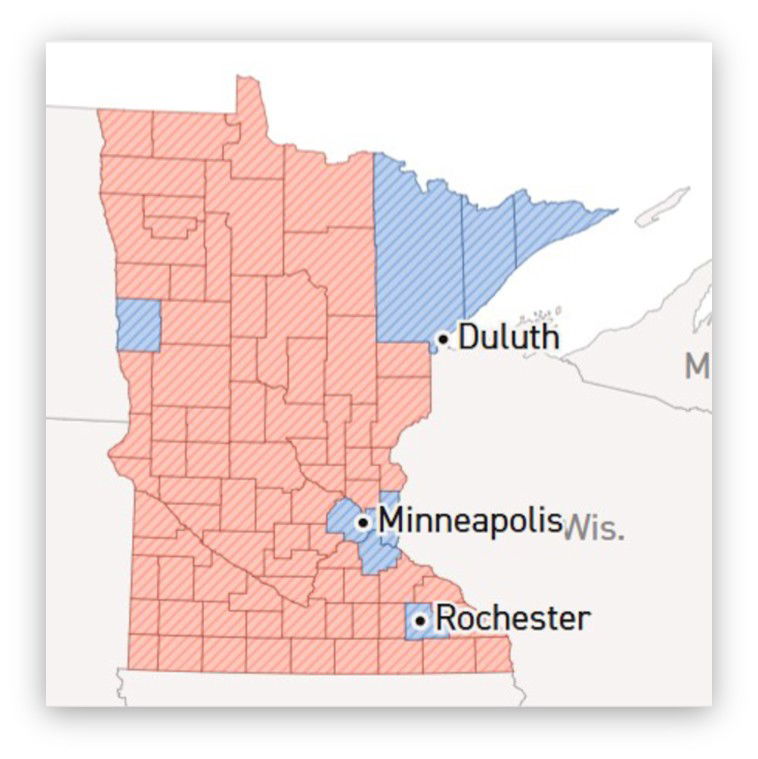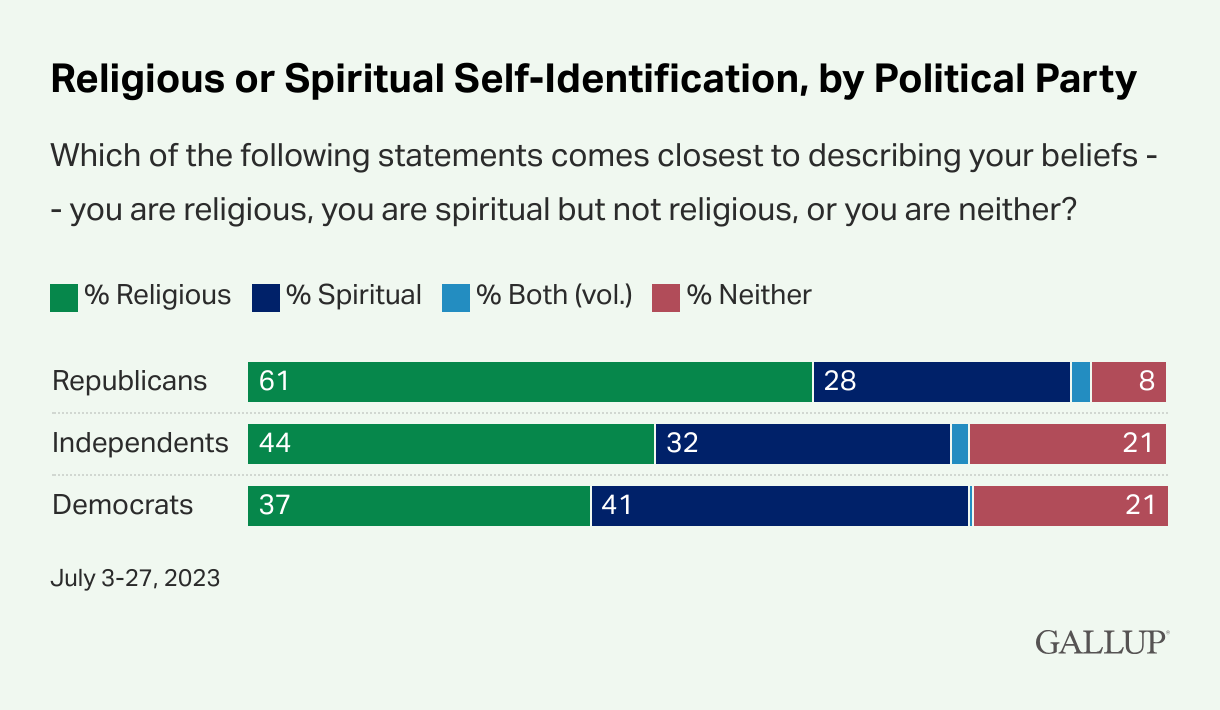🪧 Introduction
In politics, few tactics are as enduring—or as effective—as cloaking self-interest in moral language. This is Machiavellianism at its most refined: appeal to virtue, then legislate harm. We see this dynamic unfolding clearly in today’s Medicaid debate, where deep cuts to healthcare funding are being advanced under the guise of fiscal responsibility and personal accountability. The reality, however, is more calculated. Proposed Medicaid reductions will disproportionately harm rural communities—places where a higher percentage of residents rely on public health programs to access basic care. Many of these same communities have been persuaded to vote based on moral messaging: appeals to religious identity, family values, and traditionalism. But beneath the surface, those votes are being used to dismantle the very systems that keep these communities functioning. The timing isn’t coincidental. Reports suggest that key elements of these Medicaid cuts are designed to take effect after the next election, shielding those in power from the political consequences. In effect, rural voters are being asked to vote now for leaders who will take away their healthcare later—a perfect example of how the appearance of virtue can be weaponized for political gain. This isn’t just cynical politics. It’s a clear reminder that moral language can be used to manipulate, obscure, and ultimately betray. And the cost—measured in shuttered clinics, untreated illnesses, and destabilized communities—will be highest in the very places where voters believed they were defending their values. Let's look at the impact of the Big Beautiful Bill on rural Minnesota.

📊 The Numbers Behind the Cuts
Recent estimates suggest the bill would reduce federal Medicaid spending by approximately $785 billion over ten years (Congressional Budget Office, 2025). Nationally, this could lead to up to 11 million people losing coverage (Vox, 2025), while rural hospitals—which are already financially strained—could lose nearly $70 billion in reimbursements (Barron’s, 2025).In Minnesota, the state stands to lose roughly $500 million annually in federal support, including $330 million in core Medicaid funding and $170 million from related services such as family planning and mental health care (Sahan Journal, 2025).
🏥 Why Rural Healthcare Is So Vulnerable
Nearly 50% of rural hospitals nationwide already operate at a financial loss (Barron’s, 2025). Medicaid reimbursement rates, often covering only 60–70% of service costs, are essential for keeping these facilities afloat. In communities across Minnesota—like Hibbing and Fairmont—hospital administrators warn that cuts could lead to closures or severe service reductions (Star Tribune, 2025).National modeling indicates that 190 rural hospitals in Medicaid expansion states are at immediate risk of closure under the proposed cuts (Center for American Progress, 2024).
👥 Who Would Be Hit First
Medicaid coverage in rural Minnesota is not marginal—it is essential. In counties like Swift, Chippewa, and Traverse, between 25% and 33% of residents rely on Medicaid. In tribal counties such as Beltrami and Mahnomen, that figure rises to nearly 40–55%, especially among children (Minnesota Reformer, 2025).Additionally, adults in small towns are more likely than urban adults to rely on Medicaid, with 18.3% of working-age adults in rural areas enrolled, compared to 16.3% in metro areas (Minnesota Reformer, 2025).
🗳️ A Political Paradox: Voting Patterns vs. Interests
Many of the counties most reliant on Medicaid also gave 60–70% of their vote to Donald Trump in the 2020 and 2024 elections (U.S. Election Atlas, 2024). For example, in Stevens County, Trump received approximately 63% of the vote. Similar voting trends were observed in other rural counties and tribal regions. At the same time, a Star Tribune/MPR poll found that 76% of Minnesota Republicans support reducing Medicaid spending (Star Tribune, 2024)—a stance that directly conflicts with the healthcare needs of many rural constituents. This reveals a growing tension between political allegiance and material consequences. Rural Minnesotans may be voting for candidates whose policies could significantly reduce their access to healthcare.
🧩 The Key Takeaway
Rural Minnesota stands at a crossroads. The same communities that supported the Trump administration by wide margins are now among the most vulnerable to the consequences of proposed Medicaid cuts. With tens of thousands potentially losing coverage, and hundreds of millions in funding at risk, this policy change could lead to a public health crisis across Greater Minnesota.
The Medicaid cuts targeting rural areas—including deep reductions in funding for hospitals and services used by children, seniors, and people with disabilities—are not just policy decisions. They are strategically timed acts of political manipulation. These cuts are designed to go into effect after the next major election, insulating those responsible from immediate accountability (Congressional Budget Office, 2025). In short, many rural voters are being asked to vote now for leaders who will cut off their healthcare later. It’s a disturbing pattern: religious language and identity are used to justify allegiance to leaders whose policies actively harm these communities. Many voters in rural, religious parts of Minnesota receive their news from ideologically aligned outlets like Fox News, where complex economic decisions are filtered through simplistic culture-war narratives. Rather than being empowered with critical information, many are fed a steady diet of fear and moral superiority, keeping them loyal to politicians who consistently vote against their economic and health interests. This isn’t just a policy failure—it’s a civic breakdown. When religion is reduced to a tool for reinforcing prejudice, and when media ecosystems shield people from the real-life consequences of policy, democracy itself suffers. The system works exactly as designed when misinformation, cultural dogma, and economic exploitation intersect. Exposing that system—and refusing to look away—is the first step toward something better.

Source: Gallup (2024). Used under fair use for educational and commentary purposes.
💬 Conclusion
The Medicaid cuts now moving through Congress are not just a matter of budgets and policy—they are a case study in political manipulation. Many rural voters have been led to believe they are defending morality and tradition at the ballot box. But behind the curtain, their support is being used to justify policies that weaken their own communities.This is textbook Machiavellianism in modern politics: using the language of virtue to conceal intentions that are anything but. The strategy is effective because it doesn’t rely on policy literacy—it relies on identity, loyalty, and repetition. And with the most severe cuts delayed until after the election, it becomes clear that timing is part of the strategy, not just the process.When moral rhetoric is deployed as a shield for economic exploitation, the consequences are real—measured not in polling numbers, but in hospital closures, untreated illnesses, and lost trust.If democracy is to function as anything more than theater, voters deserve more than moral slogans. They deserve truth, accountability, and policies that serve the well-being of the people.
Definition
Machiavellianism is a term derived from the political philosophy of Niccolò Machiavelli, particularly his 16th-century treatise The Prince. It refers to a strategy of manipulation, deception, and exploitation to achieve and maintain power, often by prioritizing appearance over substance and ends over means. In modern politics, it often involves using moral or religious language to build trust, while advancing policies that benefit the powerful at the expense of the public.
📚 References
Barron’s. (2025, June 14). Rural hospitals are struggling. Medicaid cuts won’t help. https://www.barrons.com/articles/medicaid-house-vote-trump-megabill-hospitals-7e3870dbCenter for American Progress. (2024).
Medicaid cuts would threaten rural hospitals. https://www.americanprogress.org/article/medicaid-cuts-would-threaten-rural-hospitalsCongressional Budget Office. (2025).
Budgetary effects of the “One Big Beautiful Bill”. https://www.cbo.gov/publication/obbb2025Minnesota Reformer. (2025, March 18).
The most likely Medicaid cuts would hit rural areas the hardest. https://minnesotareformer.com
Newport, F. (2024, February 8). Who identifies as religious, spiritual or neither in the U.S.? Gallup. https://news.gallup.com/poll/511133/identify-religious-spiritual.aspxSahan Journal. (2025, May 12).
Medicaid cuts in Minnesota could cost $500 million a year. https://sahanjournal.comStar Tribune. (2024, October 9).
Most Republicans support Medicaid cuts, Minnesota poll shows. https://www.startribune.com/minnesota-poll-medicaid-cuts/601373774Star Tribune. (2025, June 10).
Trump’s proposed Medicaid cuts could hit rural Minnesota hard. https://www.startribune.com/big-beautiful-bill-medicaid-cuts-rural-minnesota/601384214U.S. Election Atlas. (2024).
2024 Minnesota presidential election results by county. https://uselectionatlas.org/RESULTSVox. (2025, June 13).
Trump’s Medicaid promises meet fiscal reality. https://www.vox.com/politics/418843/trump-medicaid-cuts-promise-big-beautiful-bill